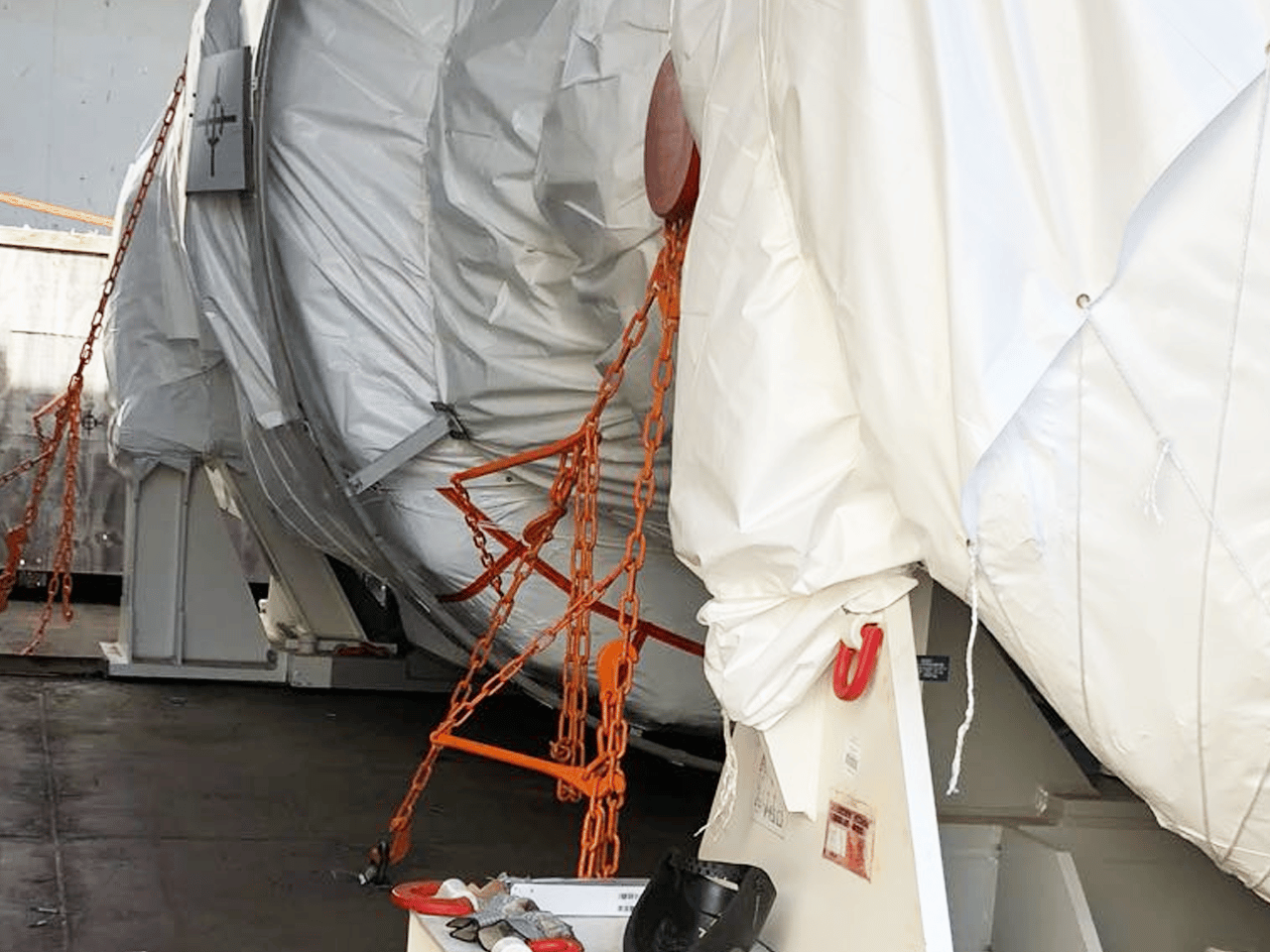Securing cargo seems an obvious process when transporting goods. Yet load securing is one of the most important, if not the most important factor within the transport process. Insufficient load securing can not only lead to damage to the cargo, but also to dangerous situations on the road. According to research, it has been found that in about 25% of traffic accidents involving trucks, the cause can be attributed to inadequate load securing. For this reason, it is important to pay adequate attention to load securing.
What exactly does load securing entail?
Cargo securing in practice means properly securing cargo in or on a vehicle. This aims to prevent the load from shifting or falling during transport. This prevents damage to the load, the vehicle or surrounding vehicles and persons. In practice, unfortunately, this still sometimes goes wrong. One of the reasons for this is misunderstandings, for example, when it is assumed that the weight of heavy cargo will keep it in its place. This is anything but the case, because during a storm on a ship or a sudden braking action when transporting a container, the force is great enough to shift even heavy cargo.
The risks of insufficient cargo securing
Inadequate load securing can lead to serious damage to both the cargo and other road users. Think of material or financial damage, but people can also be injured or worse. So cargo securing is very important. Cargo can incur material damage when it falls off something or starts to shift. This automatically causes financial damage. People’s safety can be compromised when cargo slides or falls off something. It also happens that cargo gets through packaging, where the cargo can become an unguided projectile. For this reason, it is important to secure cargo in suitable customised packaging wherever possible.
In what way can cargo be secured?
Internal fuse when packed in box or case
Cargo securing can vary from one situation to another. This has to do with several factors. First of all, the type of cargo determines how the cargo needs to be transported. Cargo, for example, may be packed in a case or box. In this case, it is important to secure the cargo internally. This is to prevent the cargo from breaking out. In some cases, it is necessary to apply welding to such packaging. A case or box then needs a d-ring or a stopper to enable securing. This process is also used to secure general cargo on a ship.
Securing containers for efficient transport
Every day, containers are transported by road or water in huge numbers. Especially by ship, many containers can be transported at the same time. This makes it a very efficient means of transporting cargo, but it requires good preparation to do so in a safe and responsible way. For instance, the cargo inside the container must be secured to prevent shifting. Moreover, containers on a ship must also be secured. For example, containers are secured together by twist locks. This prevents containers from falling off a ship. Also, containers should not be able to shift, as this can have a direct effect on a ship’s stability. In the worst case scenario, a ship can even capsize.
Safe transport with flat racks and open top containers
Flat racks and open-top containers are also used to transport cargo. These are used when the cargo does not fit in a regular container. Flat racks, unlike containers, are open at the top and sides and can therefore be loaded through these openings. An open top container is only open at the top. A flat rack consists of a floor with a headboard at both ends. Because a flat rack is open, it is important to prevent cargo from falling off. By lashing the cargo, this problem is avoided.
What materials are used?
Wood, nylon and steel are used in various forms and combinations to secure cargo. Cargo on a flat rack, for example, is secured with nylon straps to secure the cargo, but may also require timber to block the cargo. This refers to connecting the remaining space between the headboard and the cargo with timber structures. This turns the flat rack and the cargo into one unit. This same process is used in containers. Air bags are sometimes used as an alternative to fill voids. To secure boxes, cases or general cargo, steel in the form of chains is also used in some cases. This is most common when shipping break-bulk.
Who is responsible?
Legally, the responsibility of cargo securing lies with the sender of the cargo. Moreover, a captain must sail with his ship and a driver must drive his truck. They have to feel safe with the cargo that will be transported in their vehicle. Adequate cargo securing is invaluable for a safe transport process. Cargo securing specialists from Bode Packaging have the knowledge and experience to secure your cargo expertly and professionally. Contact us today for more information.
